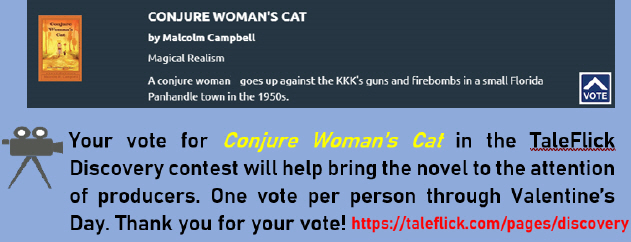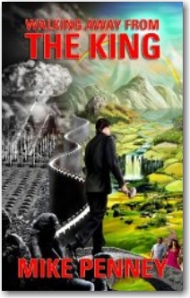“THESE are the times that try men’s souls. The summer soldier and the sunshine patriot will, in this crisis, shrink from the service of their country; but he that stands by it now, deserves the love and thanks of man and woman. Tyranny, like hell, is not easily conquered; yet we have this consolation with us, that the harder the conflict, the more glorious the triumph. What we obtain too cheap, we esteem too lightly: it is dearness only that gives every thing its value.”
– Thomas Paine in “The American Crisis”
Thomas Paine (Common Sense) wrote the essays that comprise The American Crisis between 1776 and 1783. We have had many such times between 1783 and this moment and may, in fact, be living during such times today.

I have always liked the phrase The summer soldier and the sunshine patriot because those terms encapsulate so many of the oftentimes lazy and safe responses to the ideals we revere as a country as well as to the comfortable people one never finds “down in the trenches” when the moment comes to not only make a commitment but to sacrifice one’s time and money to engrave our ideals into the real fabric of everyone’s daily reality.
In Congress, business, the organized church, and other groups the committee is often mocked as a group that talks and ponders but never takes definitive action. If you want to bury a proposal, assign it to a committee. At the same time, committee members (like groups of concerned citizens talking during barbecues and dinner parties) believe talking and pondering is synonymous with action.
If asked, these summer soldiers and the sunshine patriots will say “I’m very involved with cleaning up rivers and lakes. . .saving and restoring-old growth forests. . .stopping human trafficking and female genital mutilation,” etc.
It’s tempting to respond with: “How many riverkeeper/keep-my-county-beautiful treks have you made to haul garbage bags of trash out of rivers, lakes, and shorelines. . .how many trees did you save or did you plant. . .how many mutilations did you stop?” Or, alternatively, are you an active (that is to say, a working) member of any groups or agencies working to improve the status quo of such issues?
It’s wrong to criticize friends, neighbors, and co-workers in this way, so the typical response to “I’m involved with…” is silence, and that’s one of the reasons why these are the times that try men’s souls.
–Malcolm



 My upcoming e-book short story “En Route to the Diddy-Wah-Diddy Landfill While the Dogwoods Were in Bloom” obviously focuses on the dogwood (Cornus florida), not to be confused with the imported Jamaica Dogwood that’s often called the Florida Fishfiddletree or Florida Fishpoison Tree.
My upcoming e-book short story “En Route to the Diddy-Wah-Diddy Landfill While the Dogwoods Were in Bloom” obviously focuses on the dogwood (Cornus florida), not to be confused with the imported Jamaica Dogwood that’s often called the Florida Fishfiddletree or Florida Fishpoison Tree.












 I think that I shall never see
I think that I shall never see

